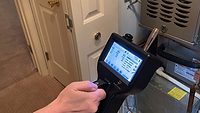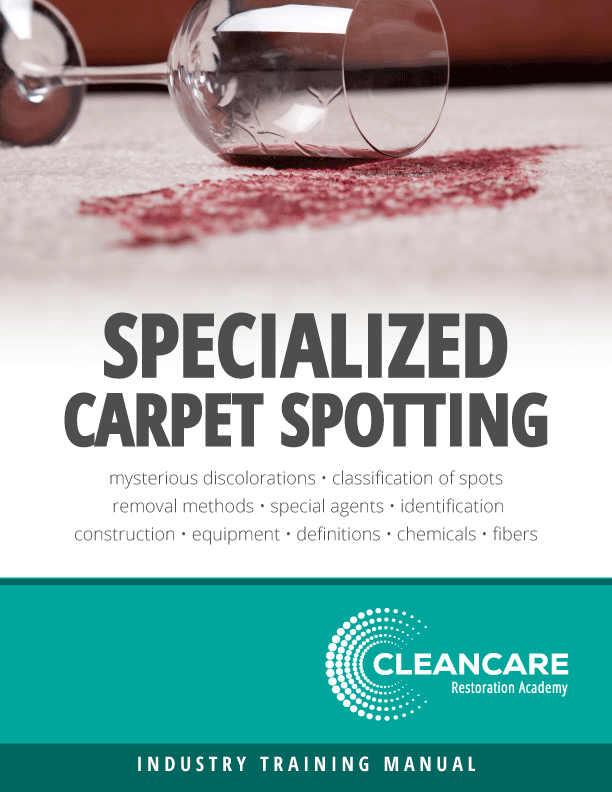Mold: The Silent Threat to Your Home's Air Quality
Six Strategies to Combat Mold and Enhance Indoor Air Quality

Photo credit: epiximages / Adobe Stock
Indoor Air Quality (IAQ) refers to the condition of the air inside and around homes. It encompasses more than just temperature and humidity; it includes the presence of pollutants that can impact your health and comfort. One common pollutant is mold. According to the CDC, more than 75,000 people are hospitalized in the U.S. every year with fungal infections. At least 7,000 people died in 2021, up from just 450 in 1969. Aspergillus, a common indoor mold, is responsible for about one-fifth of mold-related hospitalizations, with fatality rates in severe cases surpassing 50%. As such, IAQ is essential.
Unfortunately, hundreds of species of bacteria and fungi can grow indoors when there is enough dampness and moisture. Poor IAQ can be caused by these pollutants and mold can release metabolites that may cause adverse health effects including coughing, sneezing, nasal congestion, itchy eyes, skin irritation, breathing concerns, headaches, and other allergy-like symptoms. These problems will only worsen the longer one is exposed to mold. Several factors can impact indoor air quality, including inadequate ventilation (insufficient outside air), difficulties in regulating temperature, humidity levels that are either too high or too low, and recent remodeling activities.
Because mold spores thrive in damp environments, people should be aware of the best ways to improve indoor air quality.
6 Ways to Improve Indoor Air Quality
1. Control the source: It’s essential to identify and eliminate sources of poor indoor air quality by sealing or making adjustments to reduce emissions. This is a more cost-effective way to maintain healthy indoor air compared to increasing ventilation, which can lead to higher energy costs.
2. Maintain a clean environment: Regular vacuuming and proper cleaning can significantly reduce indoor air pollution by removing contaminants like dust, dirt, and pet dander. Additionally, items that tend to collect allergens, such as bedding and curtains, should be washed frequently.
3. Improve ventilation in the home: Proper ventilation helps eliminate airborne pollutants. Install exhaust fans in kitchens and bathrooms to boost outdoor air exchange. In using kitchen and bathroom ventilation, you can remove moisture, odors, and pollutants, preventing mold growth and maintaining healthy indoor air quality.
4. Use air purifiers: For allergy sufferers, air purifiers can help when the source of indoor air pollution can't be fully controlled. Position them in frequently used areas of the home to capture allergens and reduce their presence.
5. Change filters regularly: Air filters trap dust, dirt, and other airborne particles, preventing contaminated air from circulating throughout the home. Regularly changing these filters and having air ducts cleaned can significantly reduce the risk of recirculating dust.
 Photo credit: Sarah / Adobe Stock
Photo credit: Sarah / Adobe Stock6. Check for signs of mold growth: Use a dehumidifier in damp areas, like basements, to prevent mold development. If you spot any mold, contact a professional mold removal company immediately for remediation.
Improving indoor air quality is crucial for the health and well-being of everyone in your home. Better air quality can reduce the risk of respiratory issues, allergies, and other health problems while creating a more comfortable living environment. By taking proactive steps to manage pollutants, improve ventilation, and maintain cleanliness, you can ensure a safer, healthier space for you and your loved ones. Investing in indoor air quality not only enhances your quality of life but also contributes to long-term health benefits.
Looking for a reprint of this article?
From high-res PDFs to custom plaques, order your copy today!







